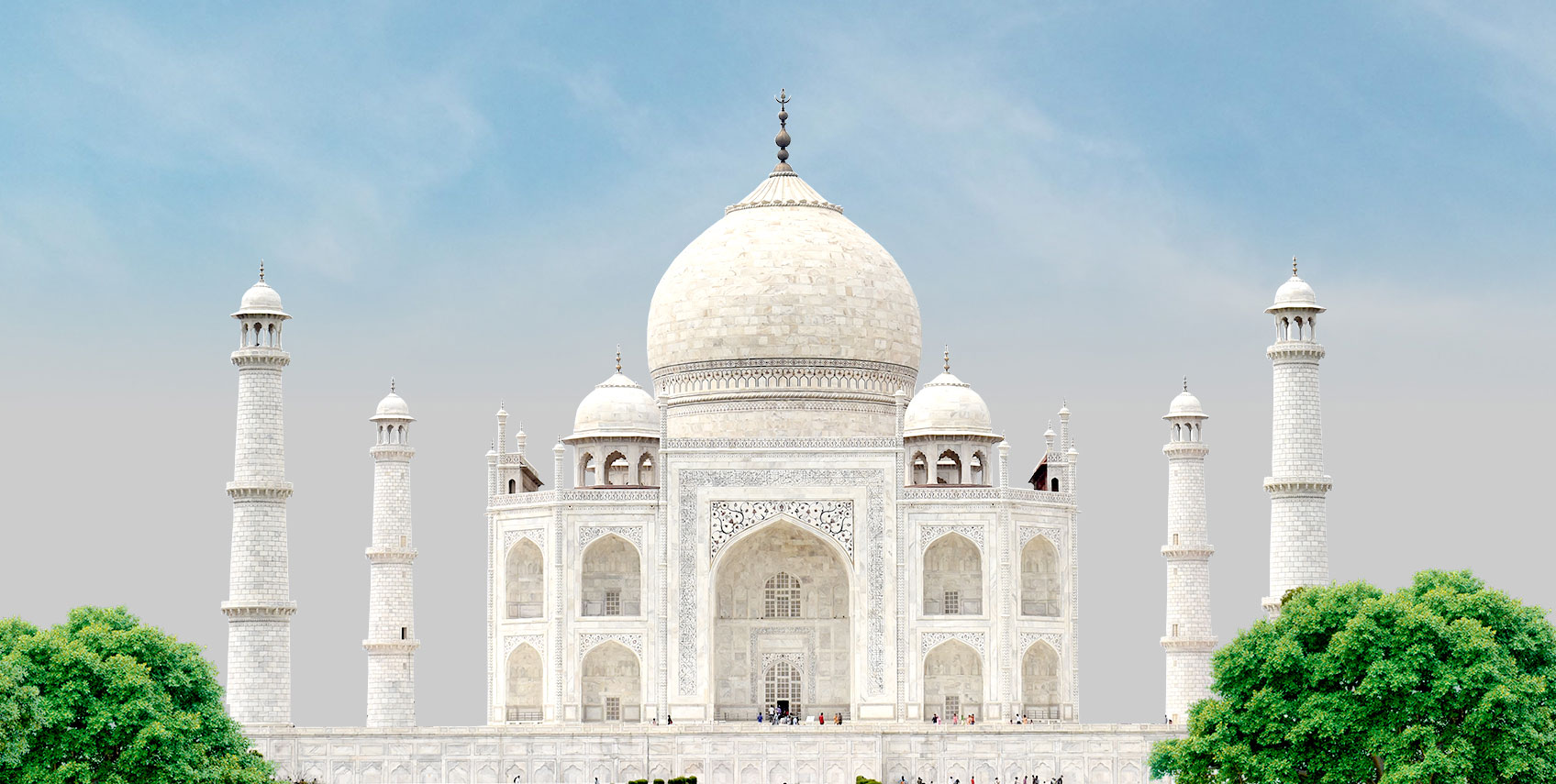
The Taj Mahal, often referred to as the "Crown of Palaces," is an iconic white marble mausoleum located in Agra, Uttar Pradesh, India. Commissioned in 1632 by the Mughal emperor Shah Jahan to house the tomb of his beloved wife Mumtaz Mahal, the Taj Mahal stands as a symbol of eternal love and is recognized as one of the most beautiful buildings in the world.
The construction of the Taj Mahal took over 20 years and involved the efforts of thousands of artisans and craftsmen. The exquisite architecture blends elements of Persian, Islamic, and Indian styles, creating a masterpiece that captivates visitors from around the globe.
Architectural Marvel
The Taj Mahal is renowned for its intricate details and perfect symmetry. The main mausoleum is flanked by four minarets and stands on a platform with a reflecting pool, adding to its ethereal beauty. The white marble facade is adorned with intricate inlays of precious and semi-precious stones, forming intricate floral patterns and calligraphy from the Quran.
The mausoleum houses the cenotaphs of Shah Jahan and Mumtaz Mahal, while the actual graves are located in a chamber below. The precision in design and execution reflects the Mughal commitment to architectural excellence.
Symbol of Eternal Love
The Taj Mahal's construction was Shah Jahan's way of expressing his grief and love for Mumtaz Mahal, who died during childbirth. The mausoleum is a testament to the enduring power of love and has become a symbol of romance and devotion.
Today, the Taj Mahal attracts millions of visitors annually, drawing admirers of art, architecture, and history. Its inclusion as a UNESCO World Heritage Site in 1983 further solidifies its importance as a cultural and historical treasure.
Historical Significance
Beyond its architectural brilliance, the Taj Mahal holds immense historical significance. The construction of this masterpiece was not only a grand tribute to love but also a manifestation of the Mughal Empire's cultural and artistic achievements during the 17th century.
During the Mughal era, Agra was a hub of cultural and artistic activities. The Taj Mahal, with its grandeur and finesse, reflects the era's sophistication and the Mughal rulers' appreciation for artistry. The monument serves as a time capsule, allowing visitors to connect with a rich historical period.
Visitor Experience
Stepping into the lush gardens surrounding the Taj Mahal and witnessing its ethereal beauty up close is an experience like no other. As the sunlight bathes the white marble structure, it undergoes a magical transformation, casting a mesmerizing glow. Visitors often marvel at the intricate details of the inlaid stones and the overall harmony of the architectural elements.
The Taj Mahal is not merely a sight to behold but an immersive encounter with history, culture, and the enduring power of love. As the sun sets and the moon rises, the Taj Mahal continues to weave its magic, captivating the hearts and minds of all who have the privilege to witness its splendor.
Gallery
















